Using your shop’s Cost of Doing Business (CODB) as a baseline for labor rates.

At one point in my automotive career, I ran a rollback wrecker. Those days are getting smaller in my rearview mirror and the game has changed over the years, but I learned a lot of things that I wish someone had just told me. My recovery work is limited to salvage and repair jobs, so I put my head together with Andy Suter, a friend and tow truck operator who ran out of the Toledo, Ohio, area. Andy worked wrecks and also handled some light repo action, so between the two of us we’ve got a few ideas about what works and what does not.
We put together this list of tips and suspect one or two of these bullet points will help a rookie, especially one running a rollback rig.
I know, this sounds super-basic. But calling a competitor to “unstuck yer truck” is costly and embarrassing. If you have a regular 2WD tow truck with highway-tread 19.5-inch wheels, it’s very easy to get yourself into a tight spot. Use the winch if you have a rollback, use a specialized 4WD recovery vehicle, or turn down the job. Even something innocuous like backing off a driveway into the grass to haul off Pappy’s rusted-out old car can get hairy quick.
Now, I’m an old fuddy-duddy. (I’m so old my tow truck’s diesel didn’t have a turbo on it.) Andy worked on nicer, newer rigs, and he had some good advice because his trucks had a piece of equipment mine never did.
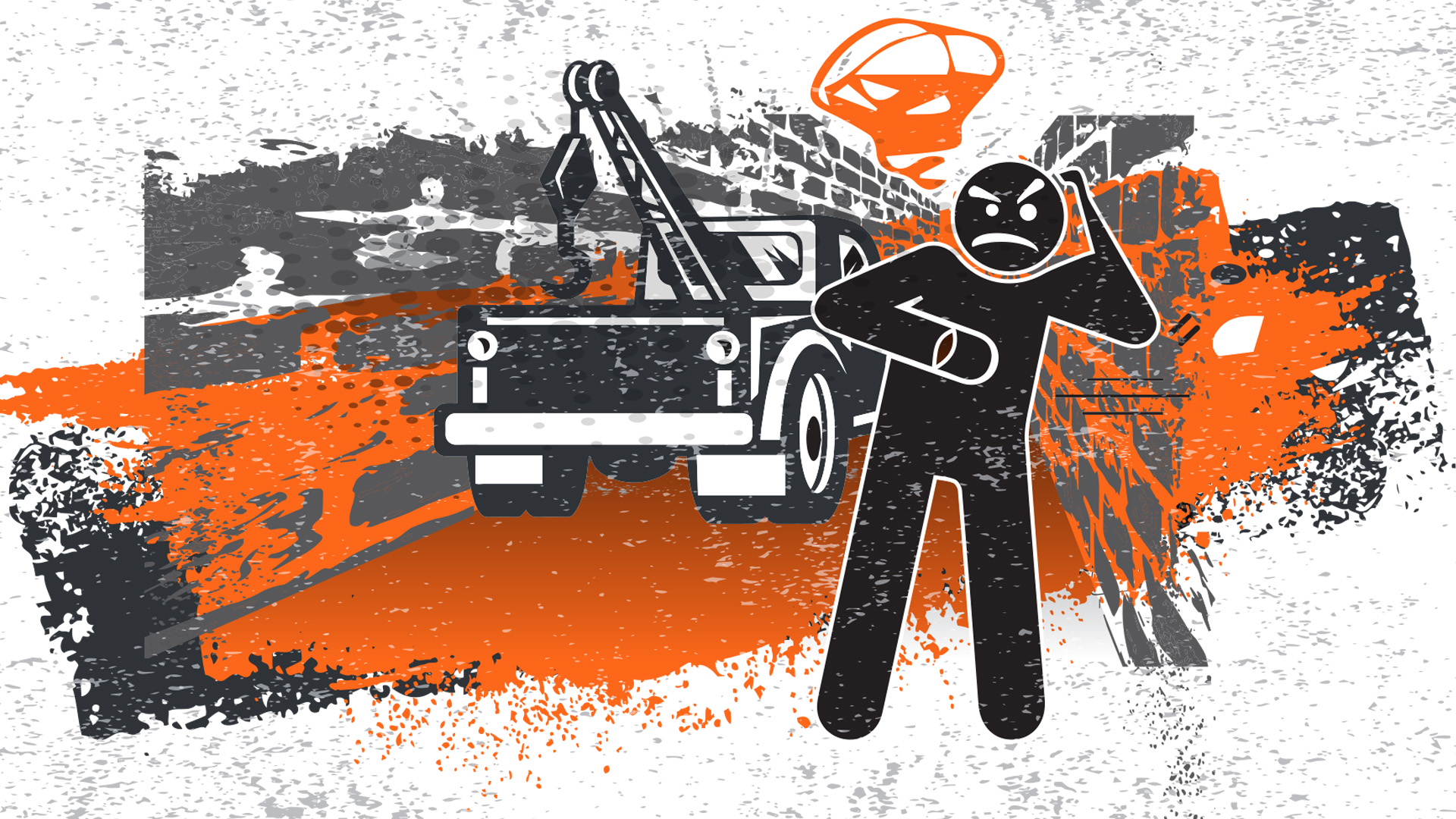
Calling a tow truck for a tow truck is not the way to brighten your day as an operator. Image by Josh Seasholtz.
“Use the wheel lift arm as a ground anchor while winching on slippery roads or muddy grass. It can be super-helpful if whatever you’re hooked to is stubborn enough that your truck tries to slide rather than your target vehicle. It can also be used to lift the ass end of the rollback off the ground and can push or pull you out of a sticky spot, albeit very slowly. The air brakes typically only lock the rear axle when applied via the dash switch, so the front wheels will allow you to roll the truck by shoving the lift arm into the ground, lifting the truck, and extending or retracting the lift to move the truck.”
No matter the tow vehicle, you should test the limits in the yard in a controlled fashion to learn the capabilities—of the truck, and of your ability to use it.
At some point, you will come across a vehicle that won’t roll. If you’re running a rollback, get your boss to buy skates—at least two wheel skates, and a control arm skate is helpful for busted ball joints. And if the boss is a cheapskate, buy your own—they’re worth it. While you’re spending the shop’s money, grab an industrial-sized jug of dish soap. If your skates are loaded too heavily and are sticking in place, a mess of dish soap can help the skate begin to slide.
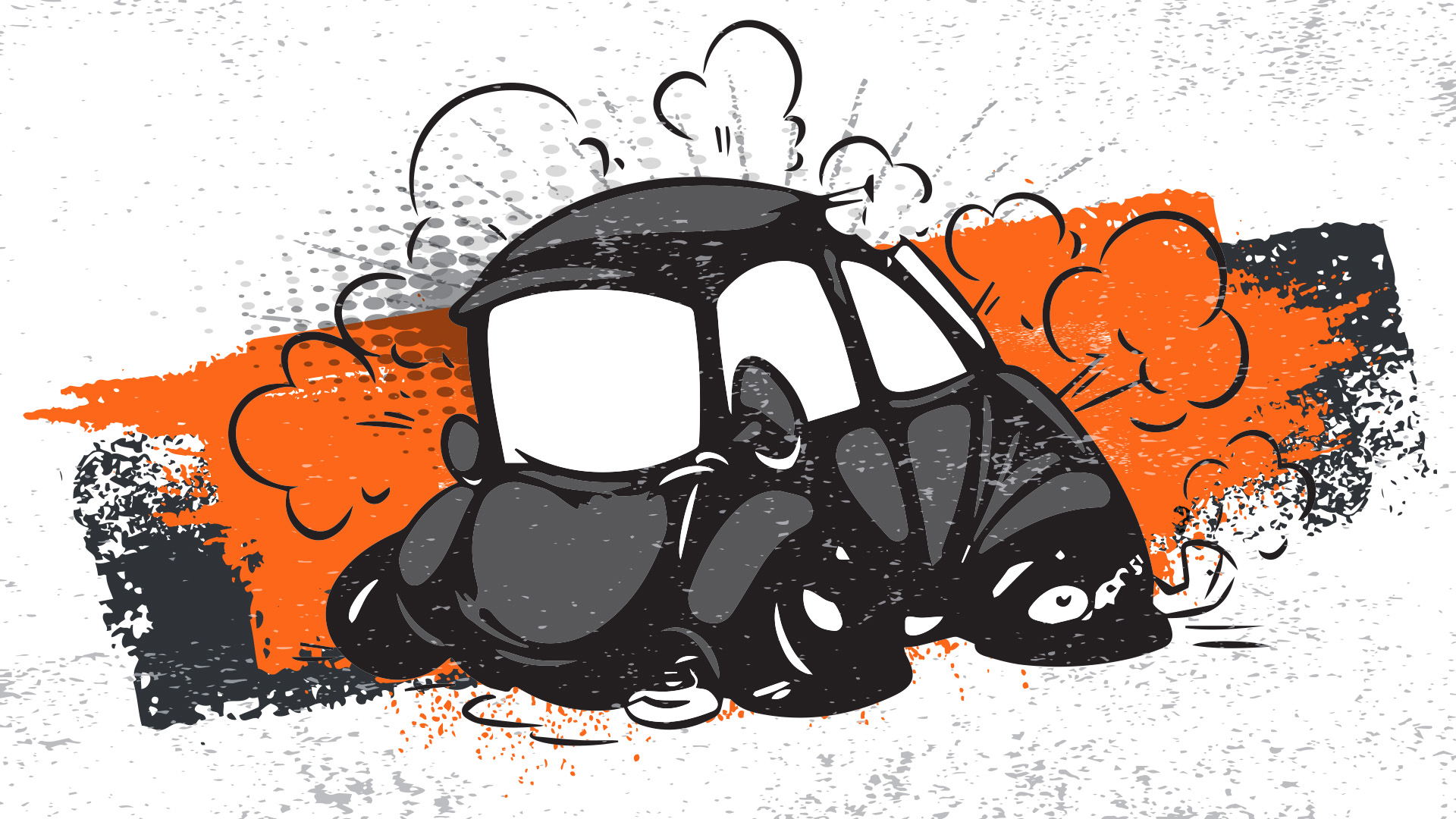
Don’t despair when you see this. Just get your skates out. Image by Josh Seasholtz.
“Dish soap and laundry sauce are surprisingly common things to find in abandoned vehicles,” Andy says. “If you’re in a bind, look and see if there’s something you can commandeer.”
As a nice bonus, the next time it rains, the soap will do a pretty decent job of degreasing the deck.
I feel like anyone with about six brain cells to rub together should figure this out quickly. If you’re looking for hook points on a low car that just hydroplaned, you’re gonna get wet laying on the tarmac. Have a full backup set of work clothes, right down to socks and boots.
Andy brought some accident scene wisdom to this point. “Floor mats from the totaled car you’re towing are handy for kneeling or lying down to hook the car, especially if there’s a nice pool of ATF, coolant, or engine oil,” he said. “No one wants that soaking into the wrecker seats.”
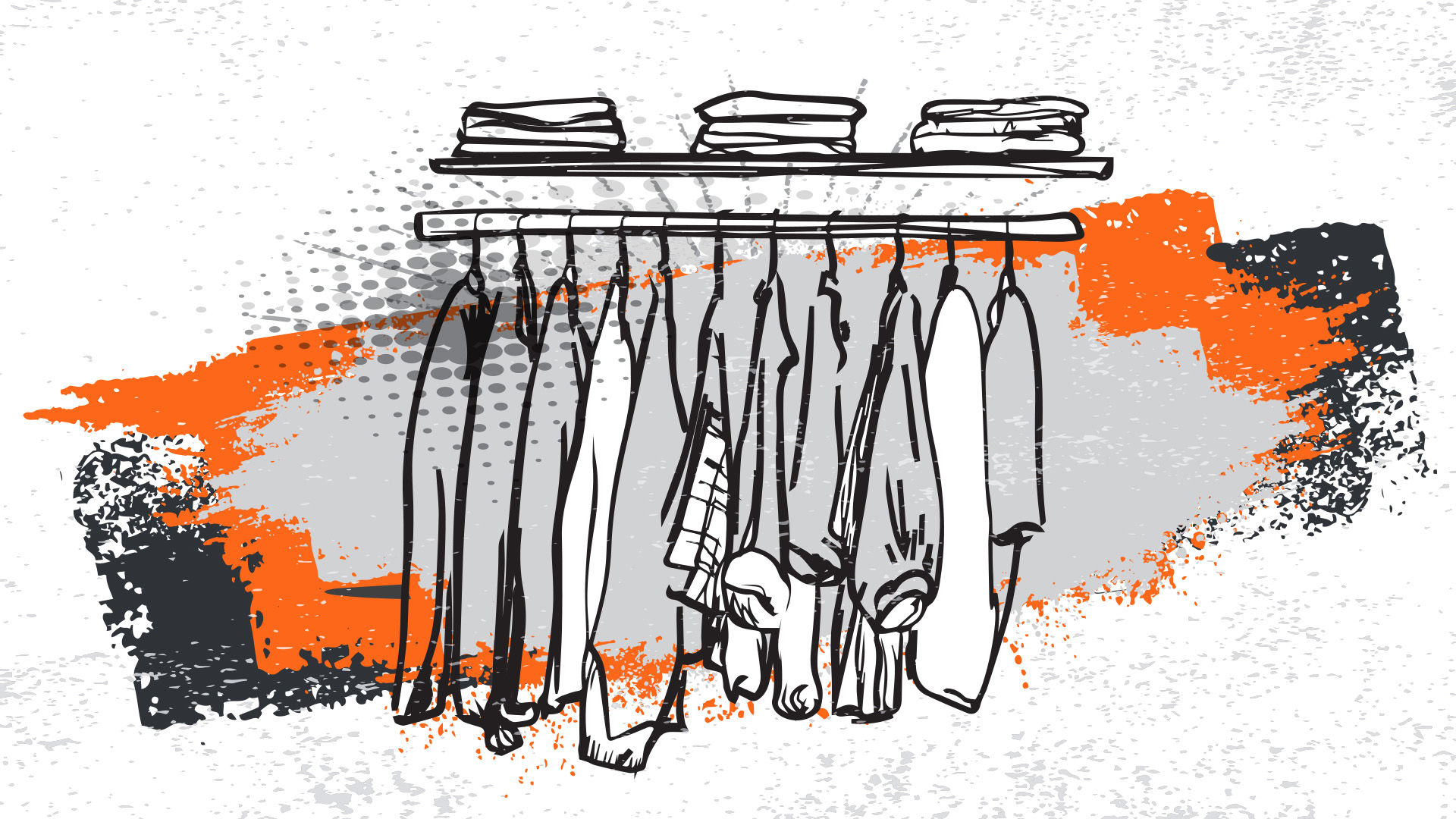
As with most jobs in the automotive industry, keeping a spare set of duds around is a good idea. Image by Josh Seasholtz.
Even if you’re not lying in a puddle, this is an outdoors job. Stash gloves and a hoodie and a hat somewhere on the wrecker in case it starts getting nippy while you’re changing a battery or swapping a spare tire. And you’ll blow through gloves constantly. The ones you don’t wear to tatters you’ll lose. Have spares.
I got stuck by a “customer” the first time I ever performed an off-road recovery. I took my line off the vehicle I was pulling out and the fella just drove away. If you ask me, I say don’t touch your hooks to unload until you square up payment.
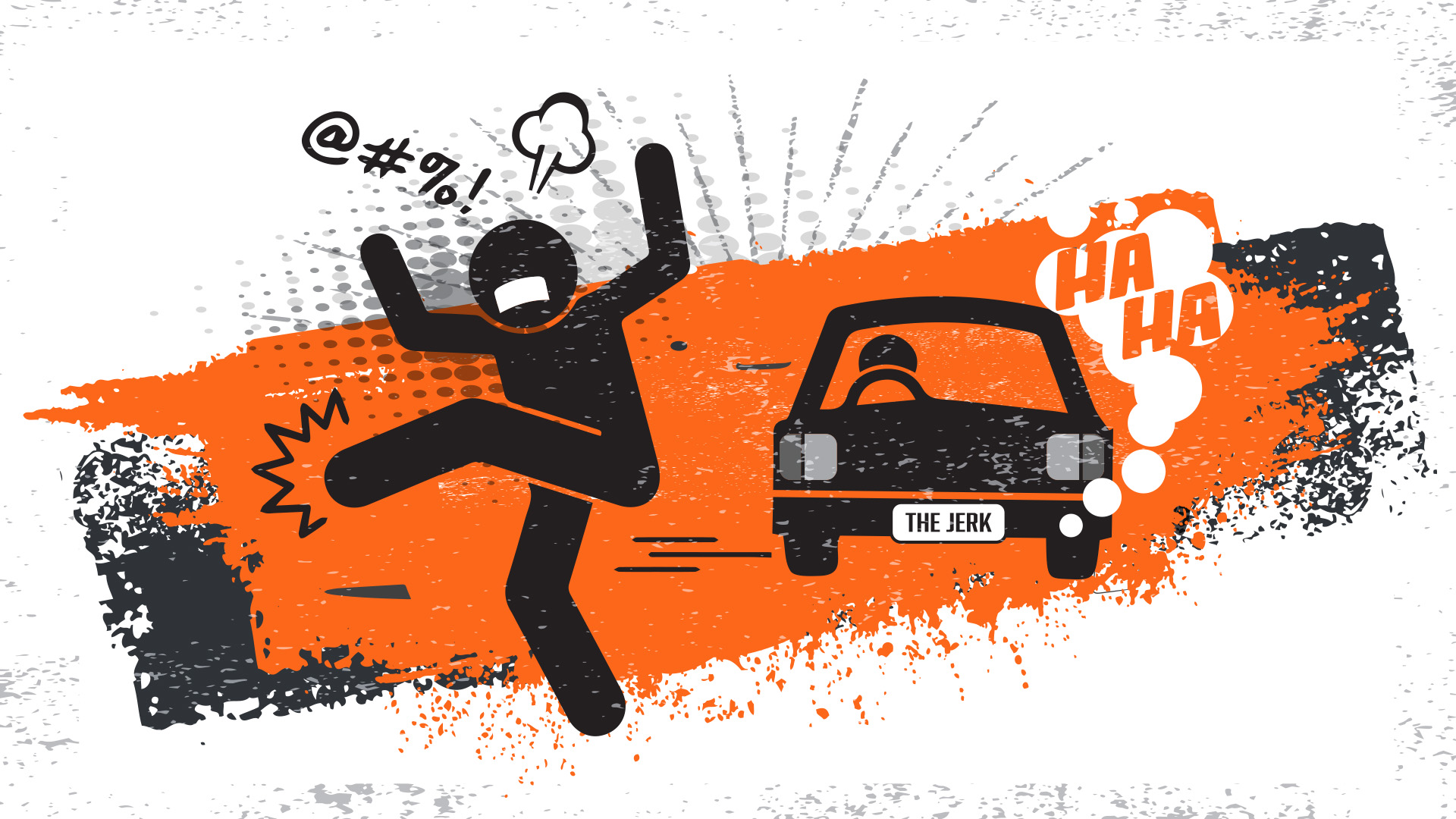
Be polite. Be professional. But have a plan to collect from everyone you meet. Image by Josh Seasholtz.
Tow Truck Buddha had a more enlightened take on the pay situation: “Discuss payment before you do anything at all, but approach the subject as tactfully as you can. The little old lady with the Focus upside-down in the ditch has a whole lot on her mind at that moment. Some tow truck operator demanding money on the spot just makes the day more stressful than it needs to be. Absolutely get the money. But don’t be a turd about it. I know this works; I got thank-you cards sent to the shop from grateful customers. “
Leaking fluid on the deck can run off and ruin driveways, and people who wear nice clothes to work don’t want to get into a gross cab (if you give rides to your customers). Cleaning also keeps your equipment in nicer shape and gives you a chance to see a small problem before it becomes a big one. Take the time to spool the winch line back in nicely every time so you’re not prematurely ending its life. You got a lot depending on that particular tool.
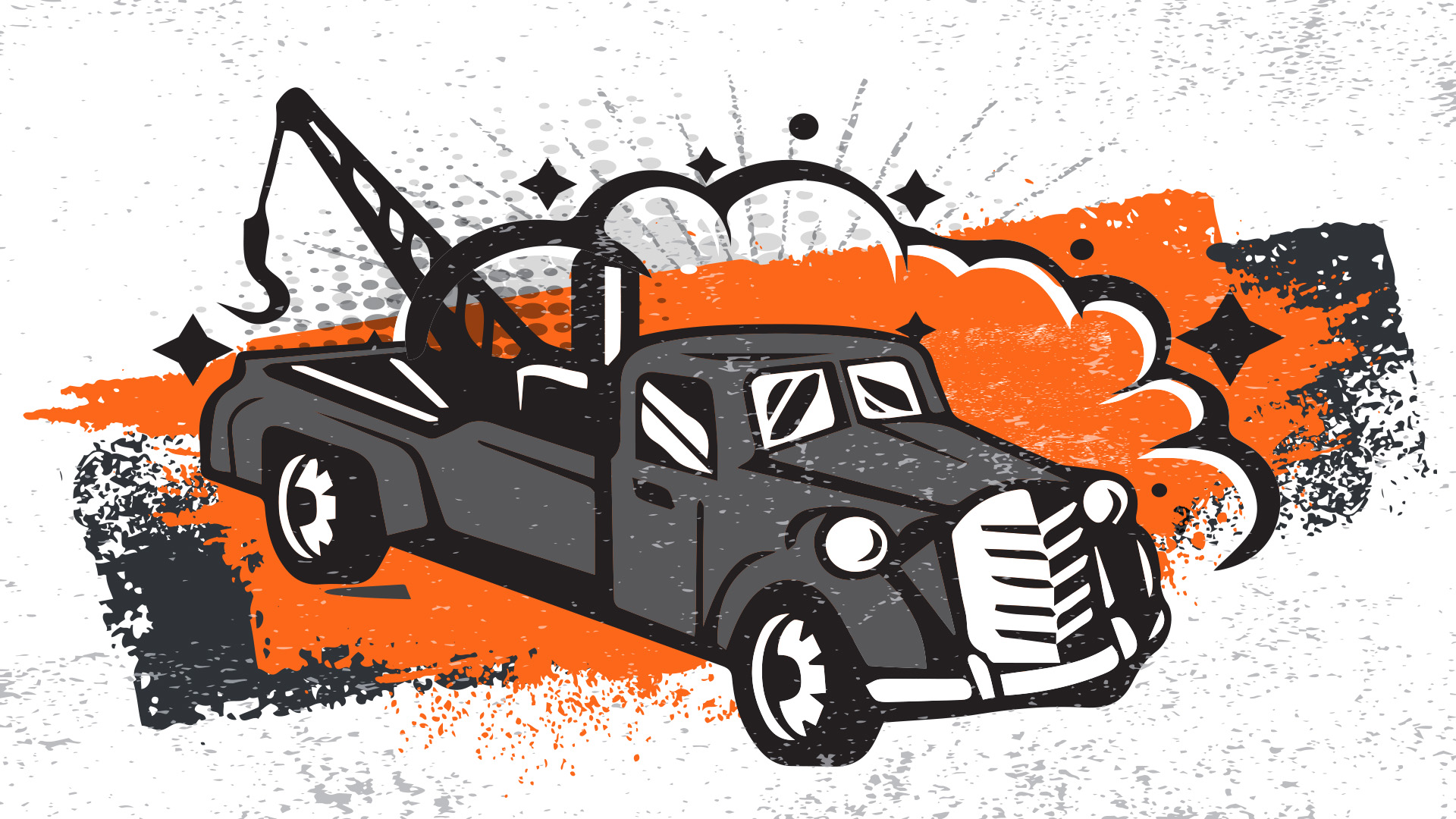
If you don’t clean your truck often, then… you have to work on a dirty rig. Yuck-o. Image by Josh Seasholtz.
“Rolling your winch line back in correctly is SO easy. It made my skin crawl when I’d see others mess it up. Flat-spotted lines look and perform poorly and every flat spot is a weak spot. Ask me how I know,” Andy said.
Unfortunately, I’m right there with him. A poorly maintained cable and no wheel straps was the reason I once intentionally slid a car into my headache rack, but that’s another story for another day.
Lockout tools are awesome. Knowing how to use them quickly is money in the bank. If you’ve got free time and junk cars (or not so junk cars), why not keep up on your lock-poppin’? That’s a straight money-maker there, and the faster you do it, the faster you’re able to do something else.
Andy had commentary on this: “Hey buck-o, how about shoving a playing card or masking tape in the door gap first? Some cars, yeah, who cares? But the $85,000 CTS-V?
“That owner is gonna be upset if you chip the paint around his door edges with your lockout rod.”
I agree. You can buy fancy pre-made guards from Steck. Or you can cut up the old “laundry sauce” jugs Andy mentioned earlier and make your own.
If you’re hooking something in a dicey spot or holding up traffic, it’s OK to do things the “wrong” way. Get the car on the carrier and move it quickly (and carefully, duh) to a safer area, then take your time getting the wheel straps on.
Andy cleared plenty of accident scenes: “In traffic-obstructing situations, get the car moved and off the road as fast as you can and worry about tidying your load up after you’re out of the way. Move the car, sweep up the accident debris, throw Oil-Dri down, and get out of the way. The cops on the scene will run interference for you and let you do whatever normally-illegal maneuver you want to pull if it means they can reopen the road more quickly.”
If it’s not clear, you probably want to have a few sacks of Oil-Dri in your toolboxes, too.
Andy shared with me this last piece of advice that’s solid gold for this line of work: “I would try to make customers laugh wherever I could. No one calling in a tow is having a great day. Take a little bit of the stress away.
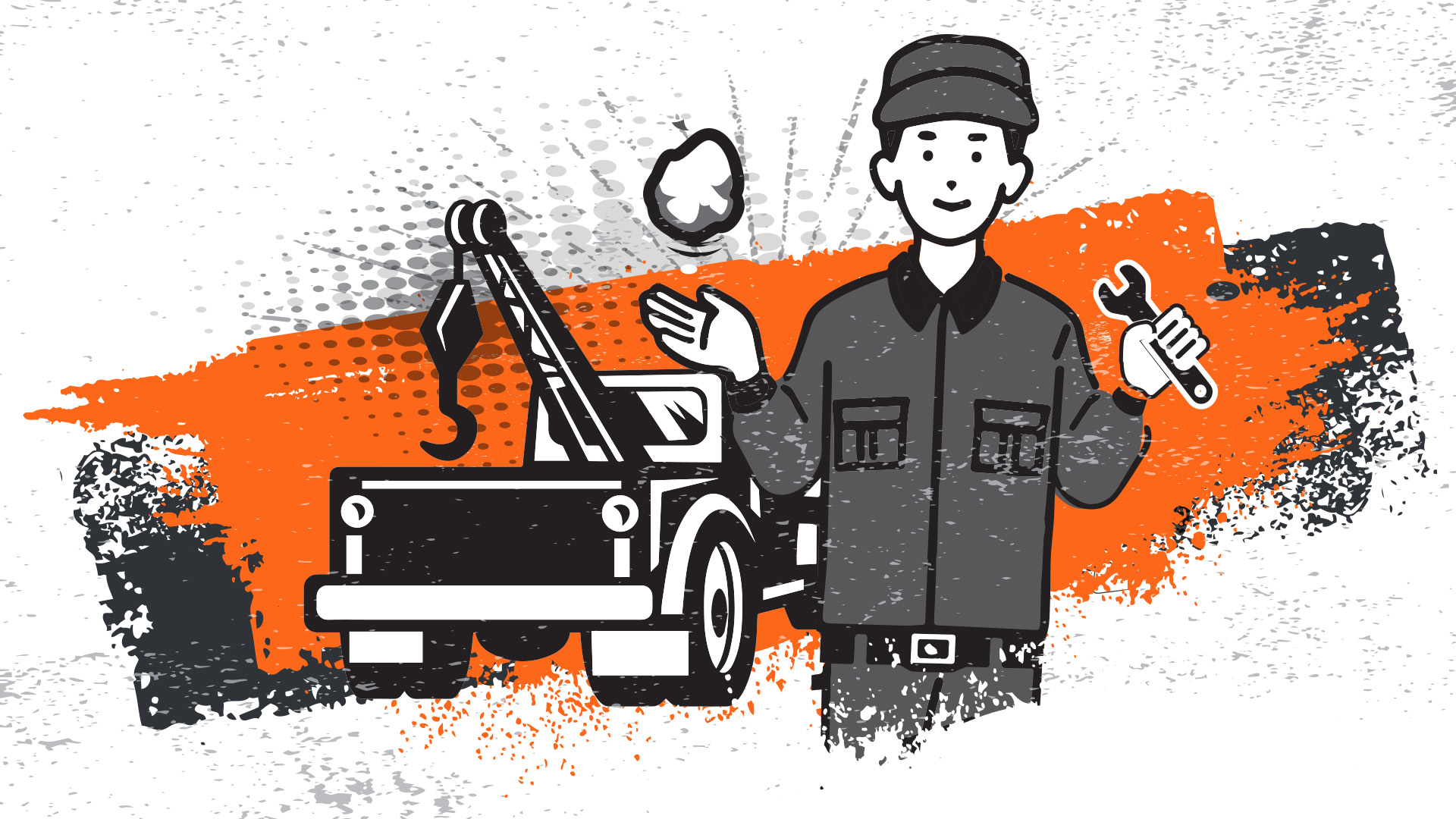
“Ok, so there is actually a cheaper way I can do this.” Image by Josh Seasholtz.
“On lockout calls, I’d hop out of the wrecker with my lockout tools in one hand and a softball-sized rock in the other that I kept behind the seat for this exact scenario. I’d walk over to the customer and offer the two options. Option A cost $55 and Option B cost $5. They always laughed—but I really wanted someone to choose Option B, even just once!”
That might be the best piece of advice I’ve ever heard in this business. This list is obviously not an exhaustive one, but not all lessons need to be learned the hard way, do they?
The articles and other content contained on this site may contain links to third party websites. By clicking them, you consent to Dorman’s Website Use Agreement.
Participation in this forum is subject to Dorman’s Website Terms & Conditions. Please read our Comment Policy before commenting.